The fascination with exotic reptiles has surged in recent decades, with enthusiasts seeking increasingly rare and unusual species to add to their collections. While captive breeding has become more common, the practice of capturing reptiles from their natural habitats for the pet trade continues worldwide. This controversial practice raises profound ethical questions about conservation, animal welfare, ecological impact, and human responsibility. As we navigate the complex relationship between humans and wild animals, examining the ethics of wild-caught reptile collection provides insight into larger questions about our stewardship of the natural world and the boundaries we should establish when bringing wildlife into our homes.
The Global Wild Reptile Trade: An Overview
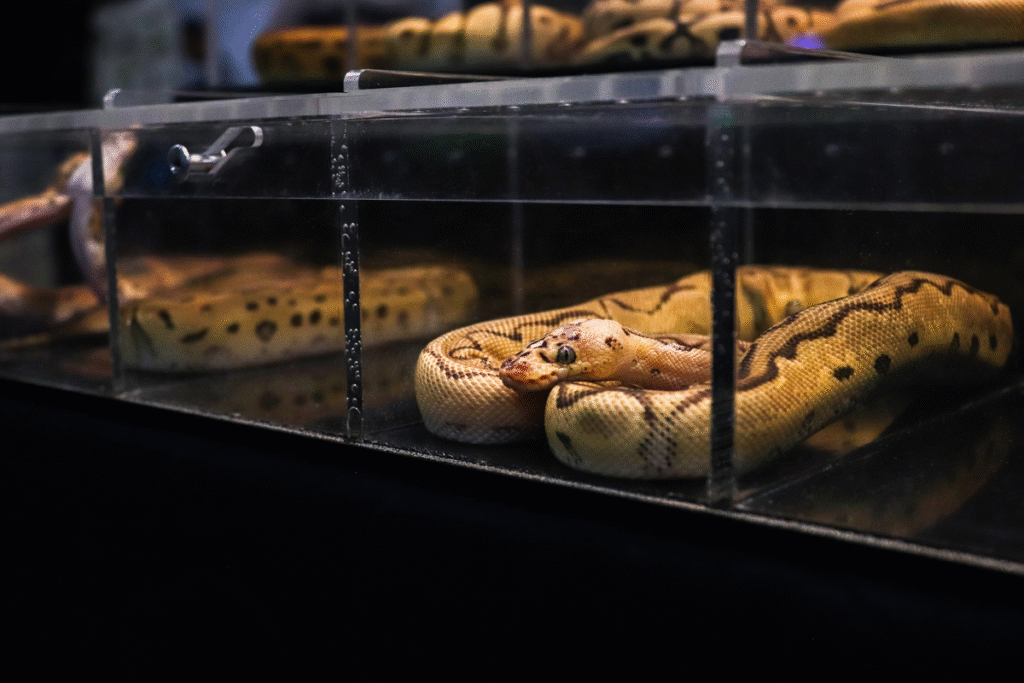
The international trade in wild-caught reptiles represents a multimillion-dollar industry that supplies specimens to pet enthusiasts, zoos, research facilities, and collectors worldwide. Annually, millions of reptiles are removed from their natural habitats in regions like Southeast Asia, Central America, and West Africa to satisfy consumer demand in North America, Europe, and Asia. While CITES (Convention on International Trade in Endangered Species) regulates the international trade of many species, enforcement remains challenging, and illegal trafficking flourishes alongside legal collection. Species particularly valued for their rarity, unusual appearances, or novelty often command premium prices, creating economic incentives that can drive unsustainable collection practices and exploitation of local resources.
Conservation Implications and Population Impacts
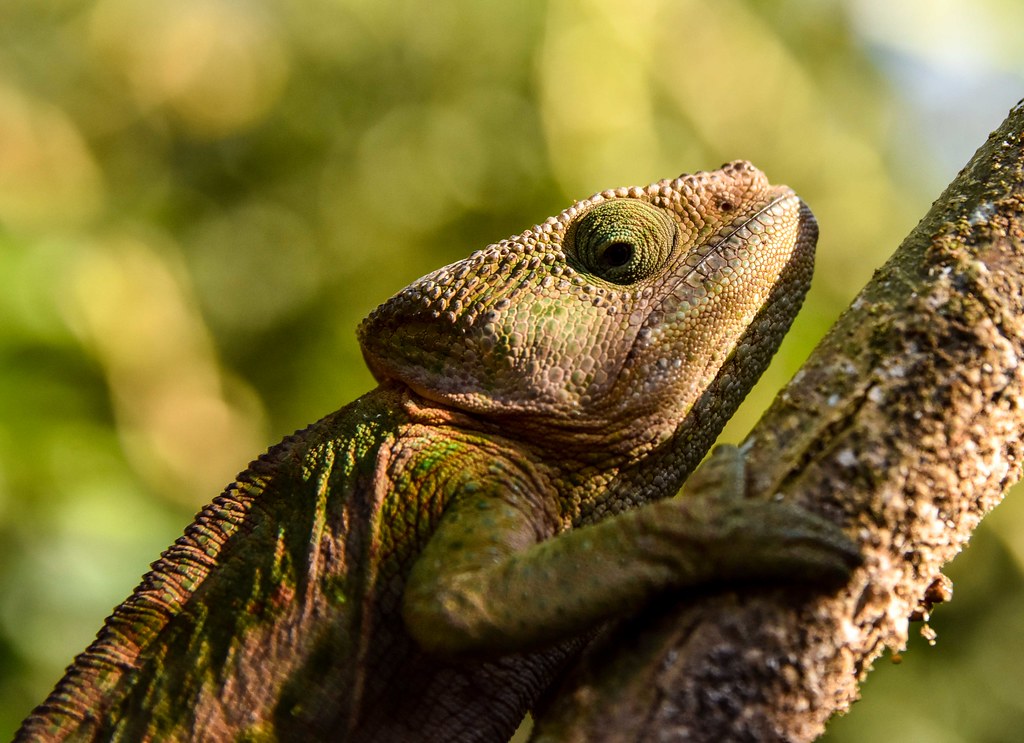
Wild collection can have devastating effects on reptile populations, particularly for species with limited ranges, specific habitat requirements, or slow reproductive rates. Targeted removal of reproductive adults can rapidly destabilize population structures, potentially leading to local extinctions even when collection appears moderate. Scientific studies have documented population crashes following commercial collection of various species, from Madagascar chameleons to North American box turtles.
The ecological consequences extend beyond the target species themselves, as many reptiles serve critical ecosystem functions as predators, prey, seed dispersers, or habitat engineers. When collection focuses on rare species with naturally small populations, even minimal harvesting can push vulnerable species toward extinction before scientists fully understand their ecological roles or conservation needs.
Animal Welfare Concerns During Capture and Transport
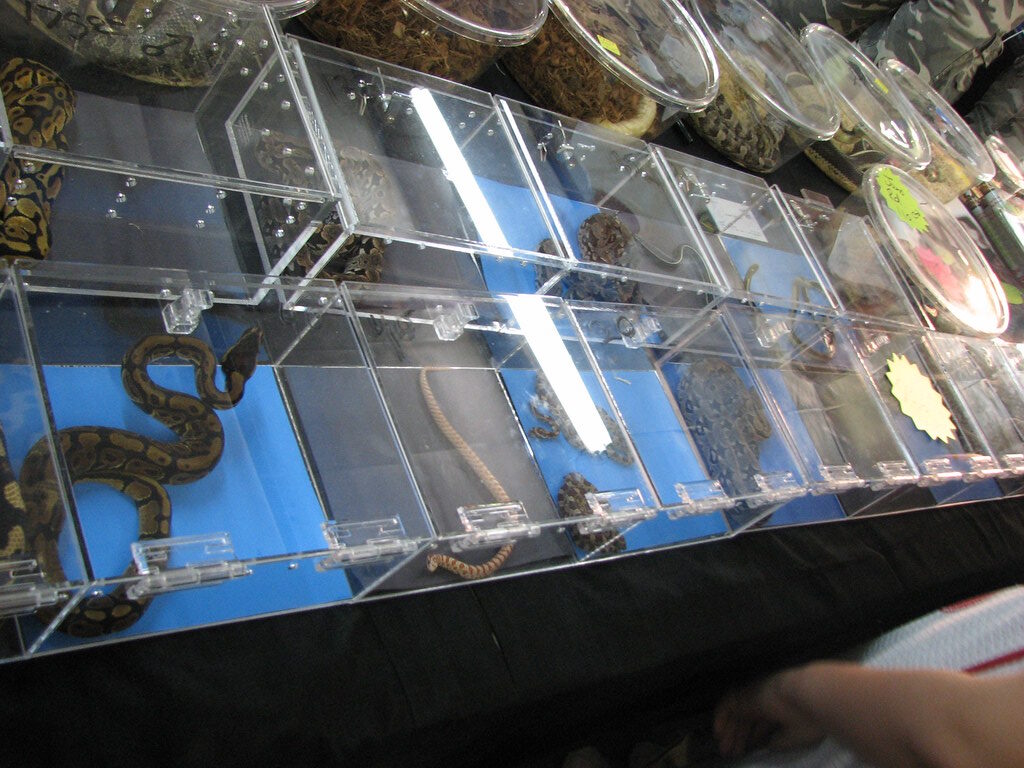
The journey from wilderness to pet store subjects wild reptiles to numerous stressors and potential suffering that raises serious animal welfare concerns. Capture methods often prioritize efficiency over humane treatment, with techniques like tree-felling for arboreal species or wholesale habitat destruction to maximize collection yields. Once captured, reptiles typically endure cramped, crowded conditions during holding and transport, frequently without appropriate temperature regulation, humidity control, or access to water. Mortality rates during this process can be staggering, with some studies suggesting that for certain species, up to 70% of animals die before reaching their final destination. This high mortality creates a troubling ethical equation where many animals suffer and die for each one that successfully enters the pet trade, essentially treating living creatures as expendable inventory rather than sentient beings.
Survivability and Adaptation to Captivity
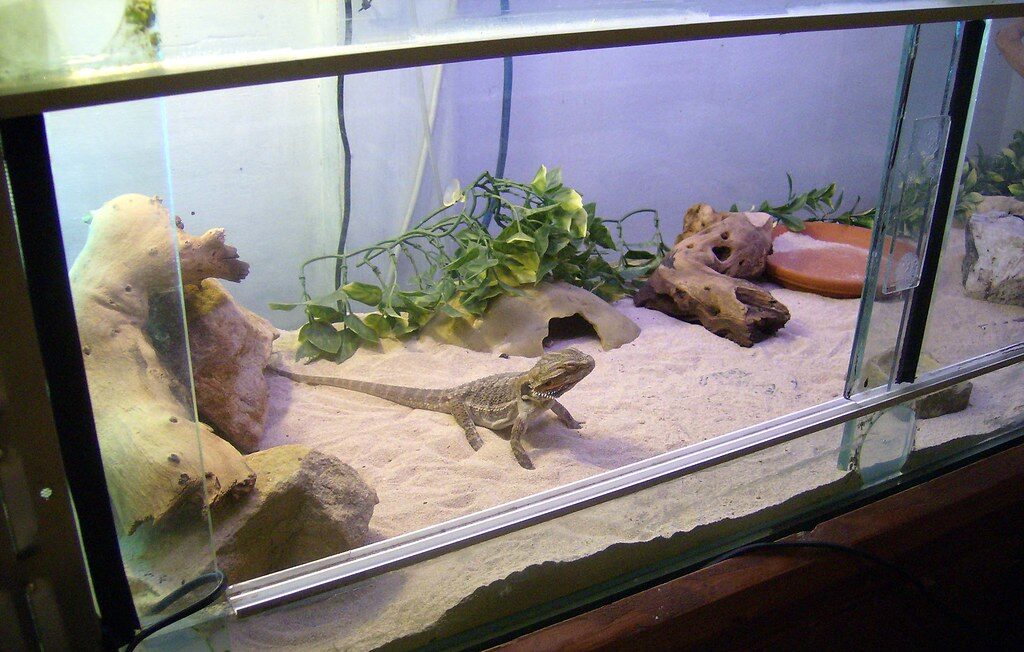
Even when wild-caught reptiles survive capture and transport, they face significant challenges adapting to captive environments that differ dramatically from their natural habitats. Wild reptiles have evolved specific behaviors, dietary preferences, and environmental requirements that captivity often cannot replicate, leading to chronic stress, reduced immune function, and behavioral abnormalities. Many species resist transitioning to commercially available food items, with some individuals stubbornly refusing to eat anything but their natural prey items.
Parasitic infections and diseases that remained balanced in the wild can flourish under the stress of captivity, sometimes leading to delayed mortality weeks or months after acquisition. Research consistently demonstrates that wild-caught specimens generally show higher mortality rates, poorer feeding responses, and more behavioral problems than their captive-bred counterparts, raising questions about whether the practice can ever be truly humane for many species.
The Argument for Scientific and Conservation Collection
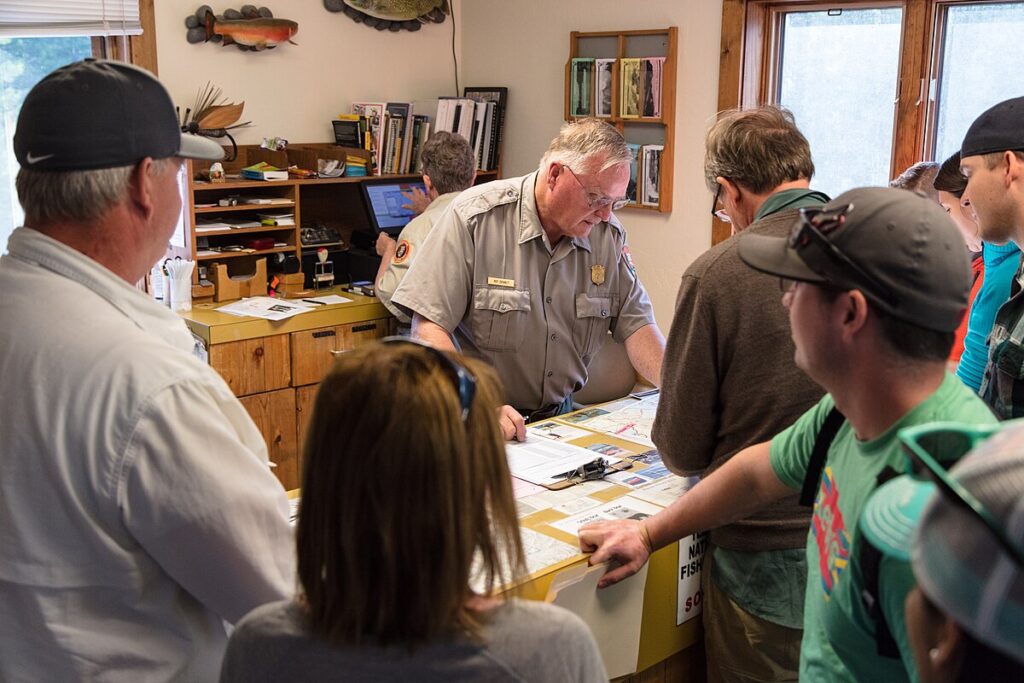
Despite the concerns, proponents argue that controlled, ethical collection of wild reptiles can serve legitimate scientific and conservation purposes when properly regulated. Establishing breeding colonies of threatened species may require the initial collection of wild founders, potentially creating sustainable captive populations that reduce pressure on wild populations. Researchers studying reptile biology, behavior, or disease may need access to wild specimens to establish baseline data or investigate specific questions that cannot be answered using captive-bred animals.
Conservation programs focused on head-starting or population supplementation may temporarily remove individuals from the wild for breeding or protection before reintroduction. These targeted, scientifically-supervised collections differ substantially from commercial pet trade collection in their purpose, methods, and outcomes, though they still require careful ethical evaluation and oversight.
Economic Realities for Local Communities
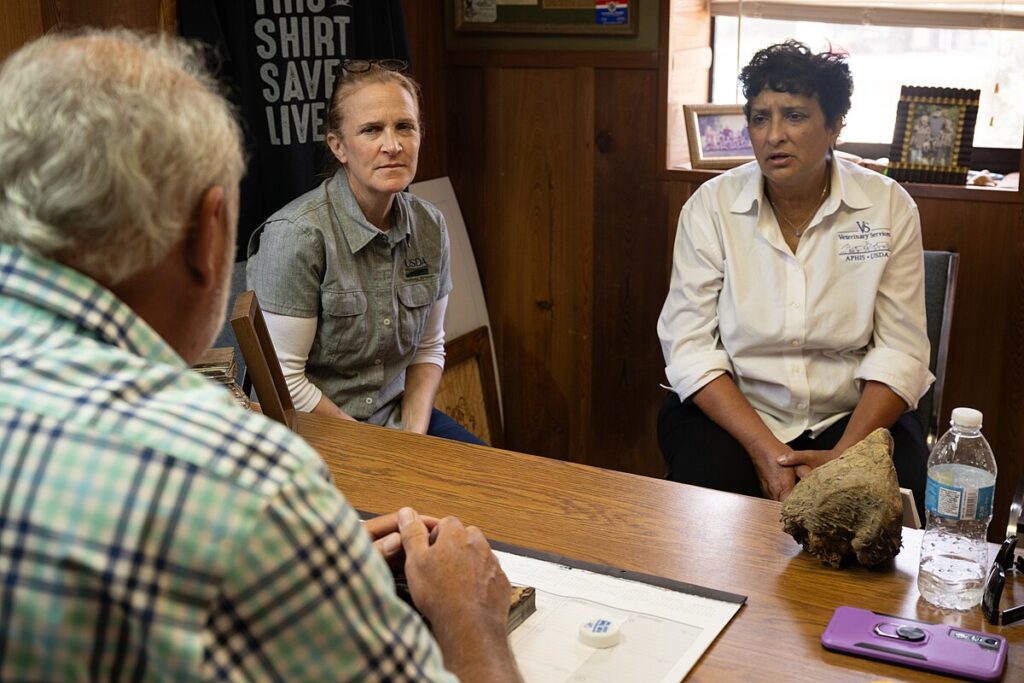
The economic dimensions of wild reptile collection present a complex ethical landscape, particularly in developing regions where collectors often come from impoverished communities with limited economic opportunities. For families in biodiversity-rich but economically challenged areas, reptile collection may represent one of few available income sources, creating a situation where conservation goals seemingly conflict with human welfare needs.
Some sustainable harvest programs have attempted to address this tension by creating regulated collection systems that provide income while maintaining population viability. Community-based conservation initiatives that incorporate local knowledge and provide alternative livelihoods have shown promise in certain regions, demonstrating that conservation and human welfare can be aligned rather than opposed. The ethical question extends beyond the animals to include consideration of human communities and their right to benefit from local natural resources without depleting them.
Legal Frameworks and Regulatory Challenges

The patchwork of international, national, and local laws governing reptile collection creates inconsistent protection and enforcement challenges that complicate ethical assessment. While CITES establishes international trade restrictions for many species, numerous reptiles remain unprotected by international agreements despite conservation concerns. National wildlife laws vary dramatically in scope and enforcement capacity, with some countries effectively protecting their reptile fauna while others lack meaningful regulation or enforcement capabilities.
Even within countries with strong wildlife protection laws, enforcement resources often prove insufficient to monitor remote collection areas or detect sophisticated smuggling operations. This regulatory inconsistency creates opportunities for exploitation, where collectors target species or regions with minimal oversight, potentially driving collection pressure toward the most vulnerable populations.
The Captive Breeding Alternative
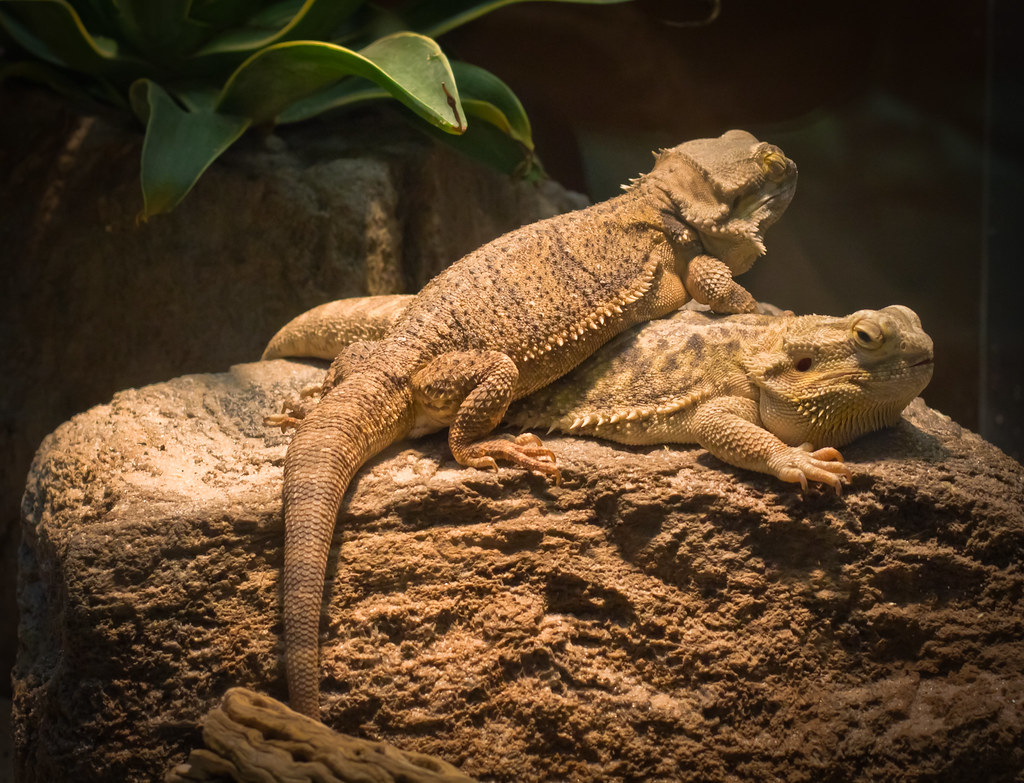
Captive breeding represents the most viable ethical alternative to wild collection for meeting pet trade demand, offering numerous advantages for both conservation and animal welfare. Well-established breeding programs can produce reptiles specifically adapted to captive environments, with reduced stress responses, reliable feeding behaviors, and fewer health issues than their wild-caught counterparts. From a conservation perspective, captive breeding disconnects consumer demand from wild population impacts, potentially allowing wild populations to recover while still satisfying market interest.
The reptile hobby has demonstrated remarkable success breeding once-challenging species, from chameleons to specialized insectivores, though certain species remain difficult or impossible to propagate consistently in captivity. Progressive segments of the reptile community actively promote captive-bred alternatives through education, mentorship programs, and species-specific breeding initiatives designed to eliminate the need for wild collection.
The Role of Consumer Choice and Education
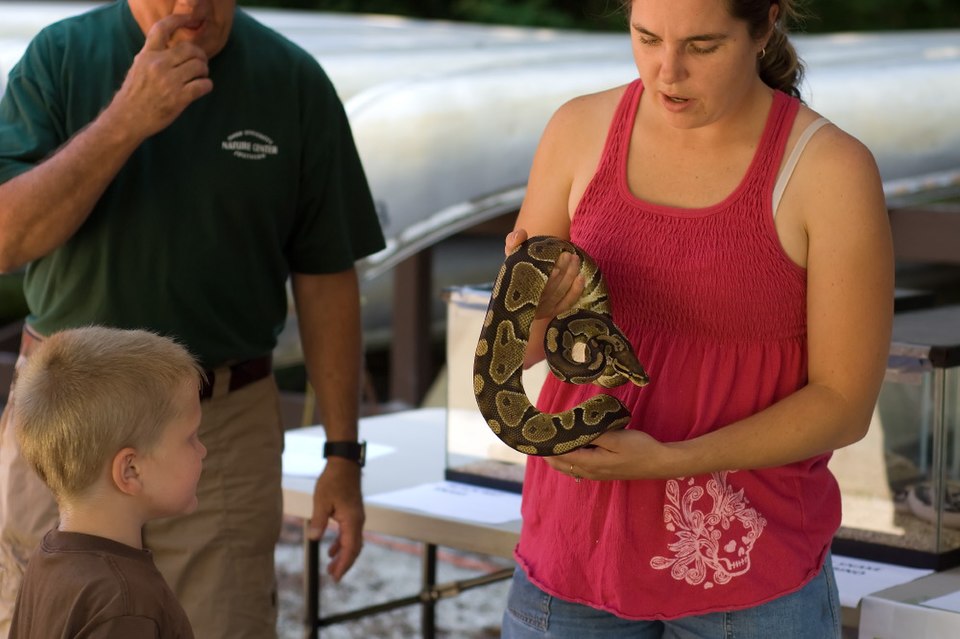
Individual consumers wield significant power in shaping the reptile trade through their purchasing decisions and information-seeking behaviors. Educated consumers who understand the origins of reptiles in the pet trade can make ethical choices that support sustainable practices and responsible breeding programs. Unfortunately, retailers often provide minimal or misleading information about specimen origins, making it difficult for even well-intentioned buyers to make informed decisions.
Consumer education initiatives have attempted to address this knowledge gap by providing resources on species identification, origin verification, and ethical considerations when acquiring reptiles. Social media communities and reptile hobbyist organizations increasingly promote captive-bred acquisition as the ethical standard, gradually shifting market demand away from wild-caught specimens through peer influence and shared values around conservation and animal welfare.
Cultural and Philosophical Perspectives
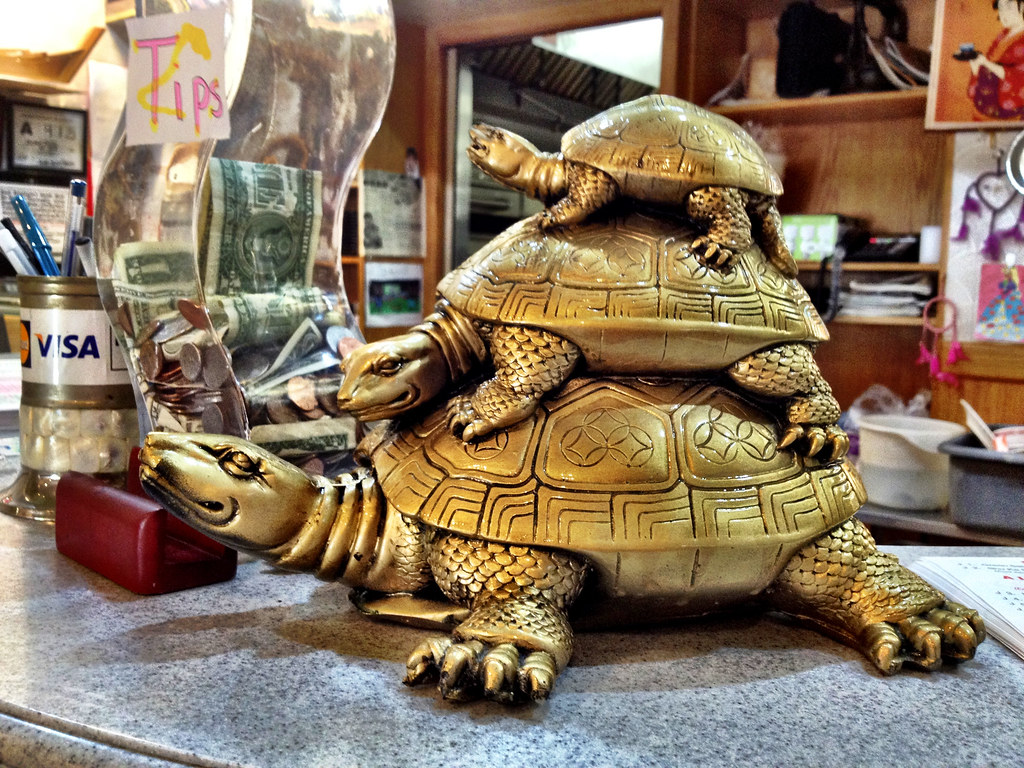
Cultural attitudes toward wildlife and philosophical frameworks regarding human-animal relationships profoundly influence perspectives on the ethics of wild reptile collection. Western utilitarian traditions that prioritize minimizing suffering might reach different conclusions than indigenous perspectives that emphasize reciprocal relationships with the natural world or religious traditions that assign specific roles to different animals. Some cultural frameworks view certain reptiles as sacred or symbolically significant, creating protection for these species that exceeds formal conservation measures.
The growing recognition of animal sentience and the expansion of moral consideration to non-mammalian species has shifted ethical discussions in many societies, with reptiles increasingly recognized as capable of suffering rather than as unfeeling “primitive” creatures. These evolving cultural and philosophical perspectives shape both formal policies and individual decisions about the appropriateness of removing reptiles from their natural habitats.
Species-Specific Ethical Considerations
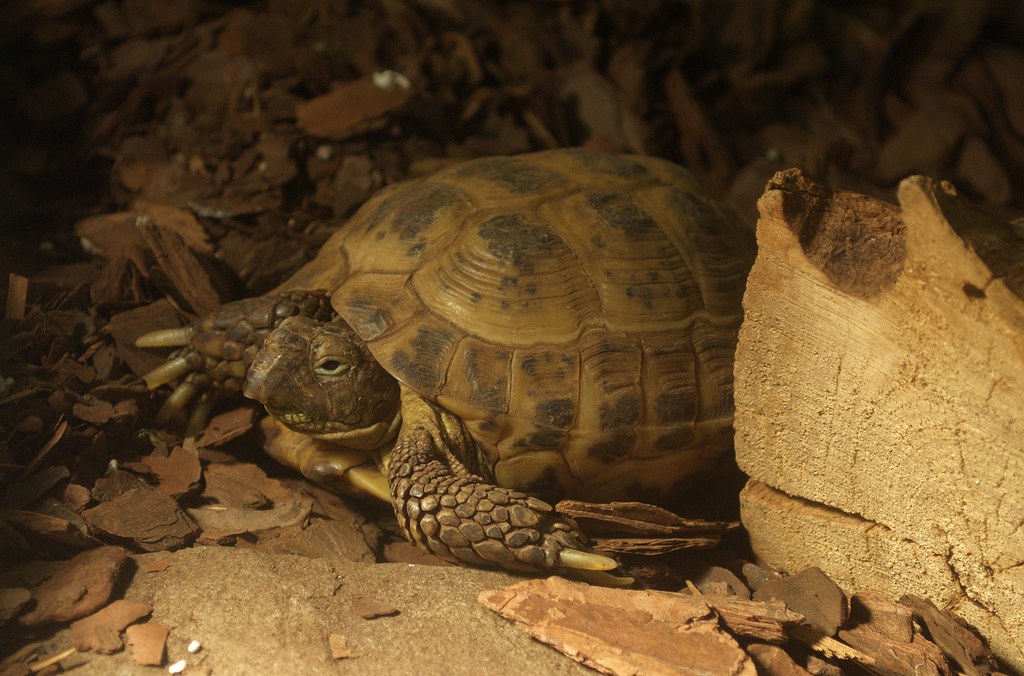
The ethical evaluation of wild collection necessarily varies by species, with factors like conservation status, adaptability to captivity, specialized care requirements, and ecological roles creating different ethical equations for different reptiles. Highly endangered species with minimal captive breeding success present the strongest case against wild collection, as each removal directly threatens wild population viability.
Species with complex social structures, extensive territories, or specific environmental needs that cannot be replicated in captivity face severe welfare challenges in captive settings, regardless of conservation status. Conversely, certain common, resilient species with documented sustainable harvest potential and good captive adaptation may present fewer ethical concerns if collection is properly regulated and humane. The tendency to treat “reptiles” as a monolithic category obscures these critical species-specific distinctions that should inform both regulatory approaches and individual decisions about acquisition.
Ethical Frameworks for Decision-Making
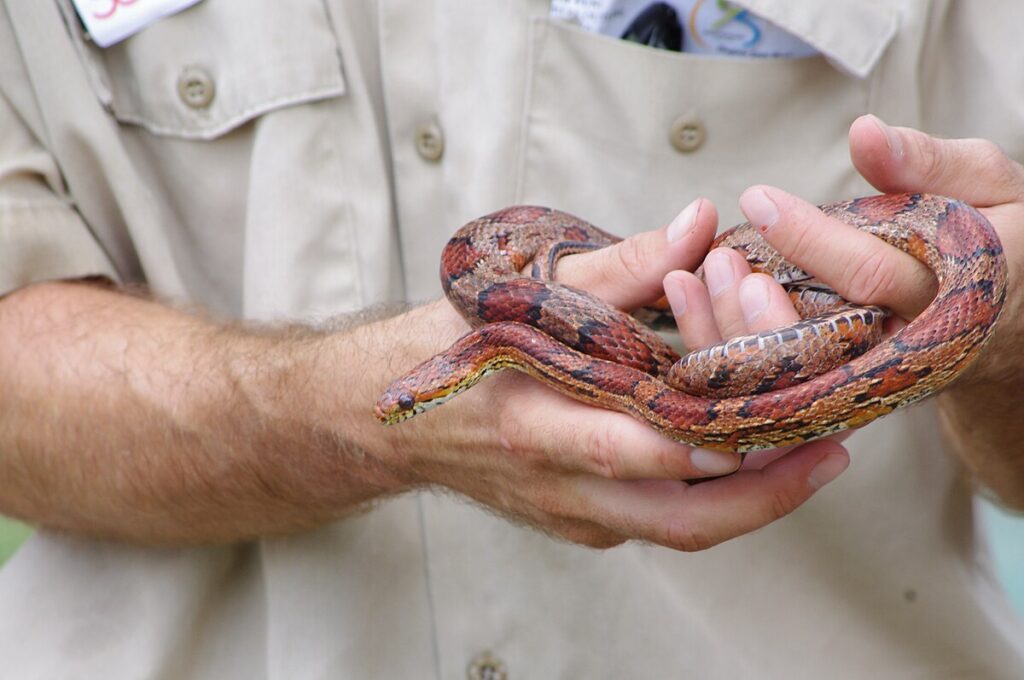
Developing coherent ethical frameworks for evaluating wild reptile collection requires balancing multiple values and considerations rather than seeking simple universal rules. Conservation ethics focuses on population sustainability and ecosystem integrity, asking whether collection threatens species survival or ecological function. Animal welfare ethics examines the experience of individual animals, considering suffering during capture, transport, and captive maintenance.
Environmental ethics broadens the scope to include habitat impacts and ecosystem services provided by reptile populations. Human ethics incorporates considerations of local livelihoods, cultural practices, and equitable resource distribution. Responsible decision-making requires transparent weighing of these sometimes competing ethical dimensions, recognizing that different stakeholders may prioritize different values. The most defensible approaches acknowledge trade-offs while seeking solutions that minimize harm across multiple ethical dimensions.
The Future of Ethical Reptile Keeping
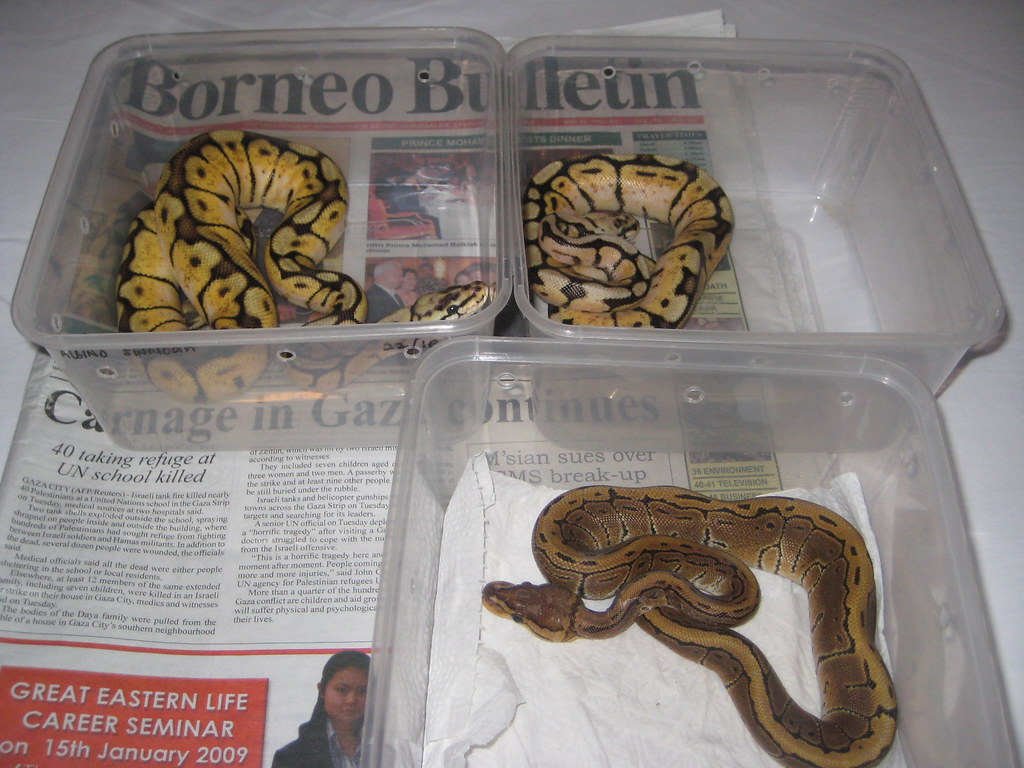
The future of ethical reptile keeping likely involves a continued transition toward captive breeding, improved regulation of necessary wild collection, and greater transparency throughout the supply chain. Advances in husbandry techniques and breeding technologies continue to expand the range of species that can be sustainably propagated in captivity, gradually reducing the need for wild collection. Emerging technologies like environmental DNA sampling and genetic tracking create new possibilities for monitoring wild populations and verifying the origins of traded specimens.
Certification programs for sustainably and humanely sourced reptiles could provide consumers with reliable information while incentivizing best practices among collectors and breeders. As scientific understanding of reptile cognition, welfare needs, and ecological roles continues to develop, ethical standards will likely evolve to incorporate this knowledge, potentially leading to more species-specific and evidence-based approaches to regulating the reptile trade.
The ethics of keeping wild-caught reptiles as pets presents no simple answers, but rather demands thoughtful consideration of multiple ethical dimensions including conservation impact, animal welfare, ecological consequences, and human needs. As our understanding of reptile biology and behavior grows, so too does our responsibility to ensure that our interactions with these animals reflect this knowledge.
The most ethically defensible path forward involves supporting the transition to captive breeding, improving regulation and enforcement for necessary collection, promoting consumer education, and developing community-based conservation initiatives that align human and wildlife welfare. By acknowledging the complex ethical landscape and making informed, conscientious choices, reptile enthusiasts can help create a future where the fascination with these remarkable animals supports rather than undermines their survival in the wild.

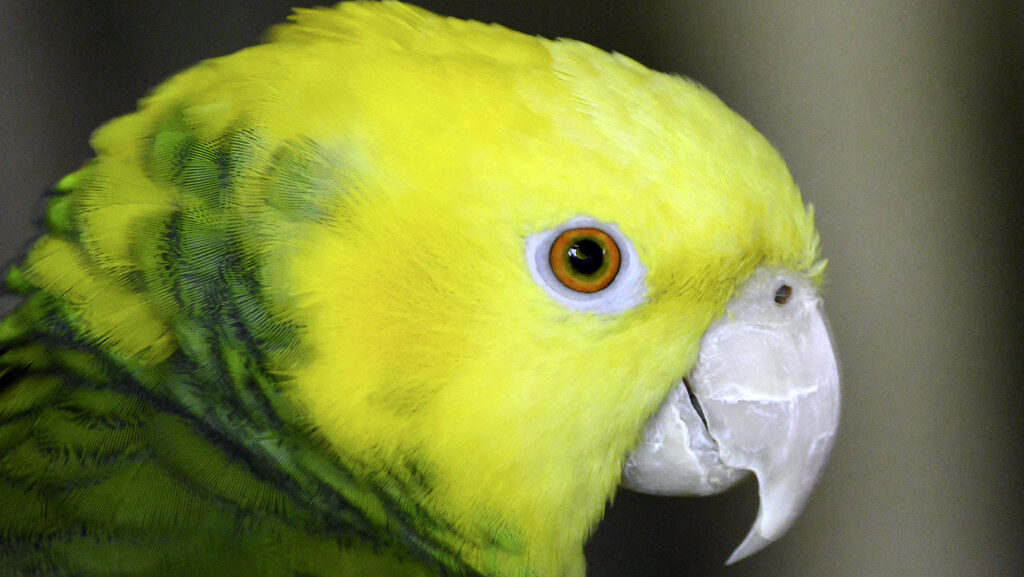
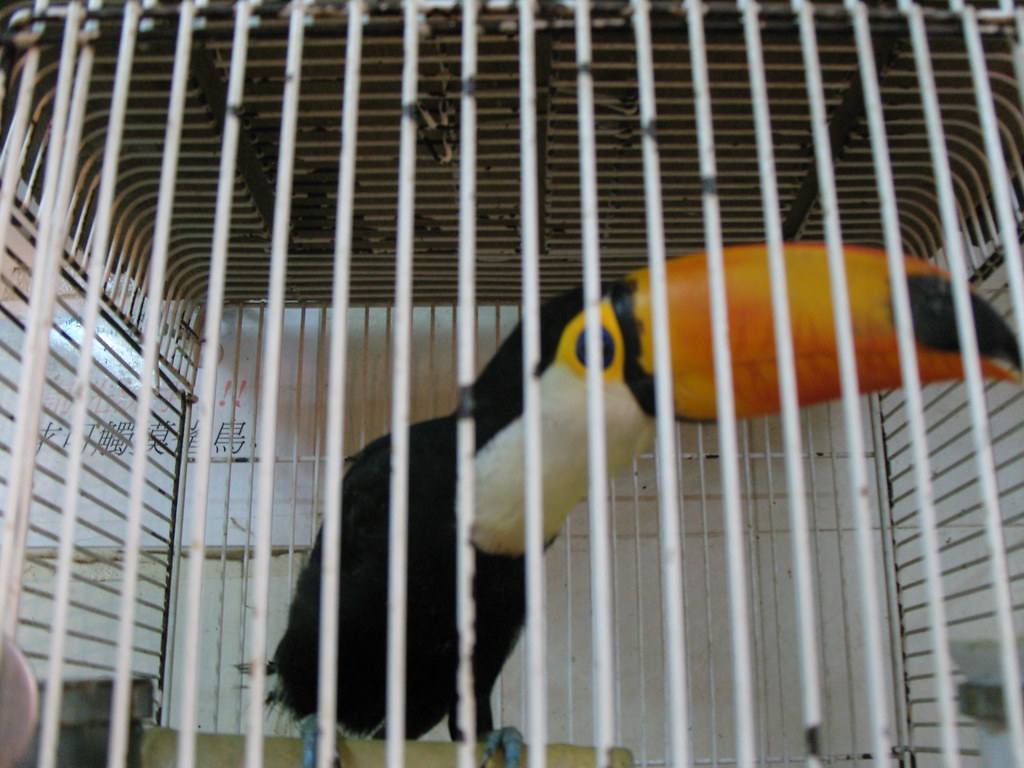
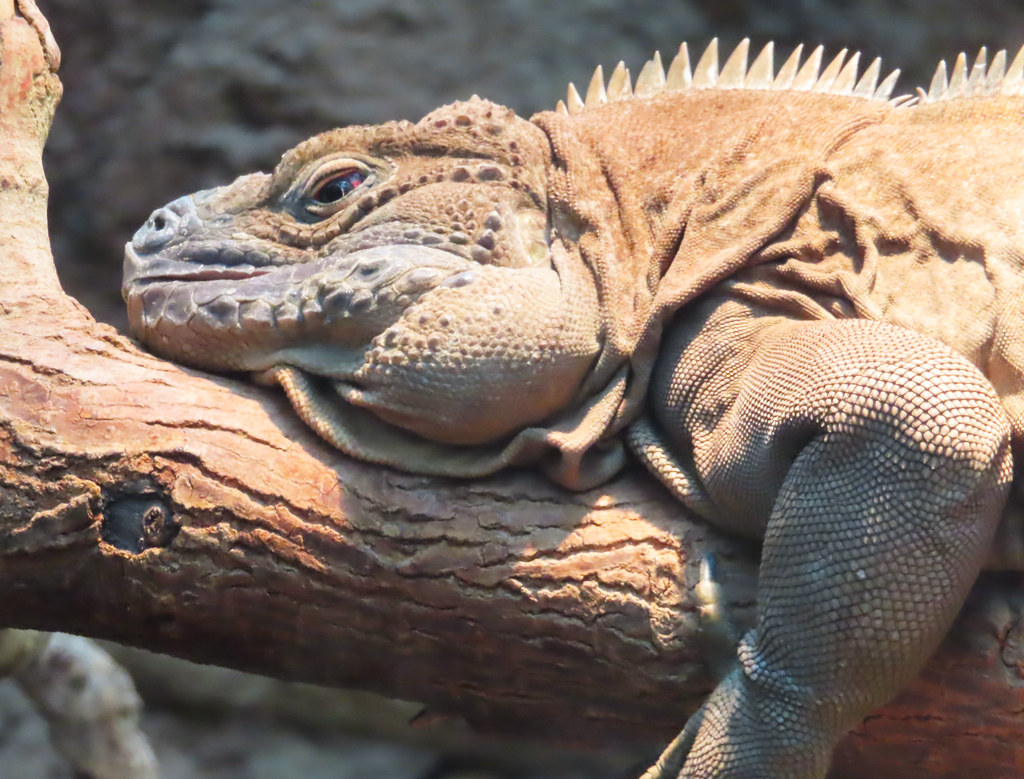
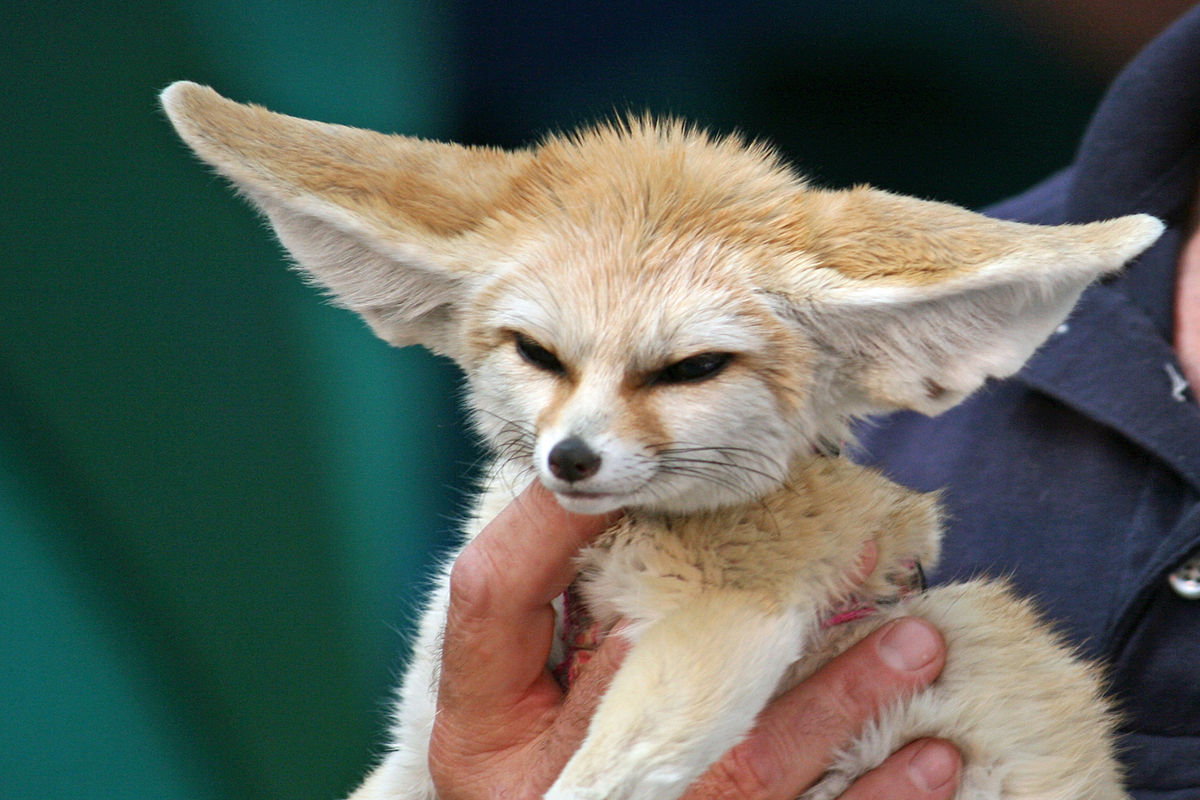




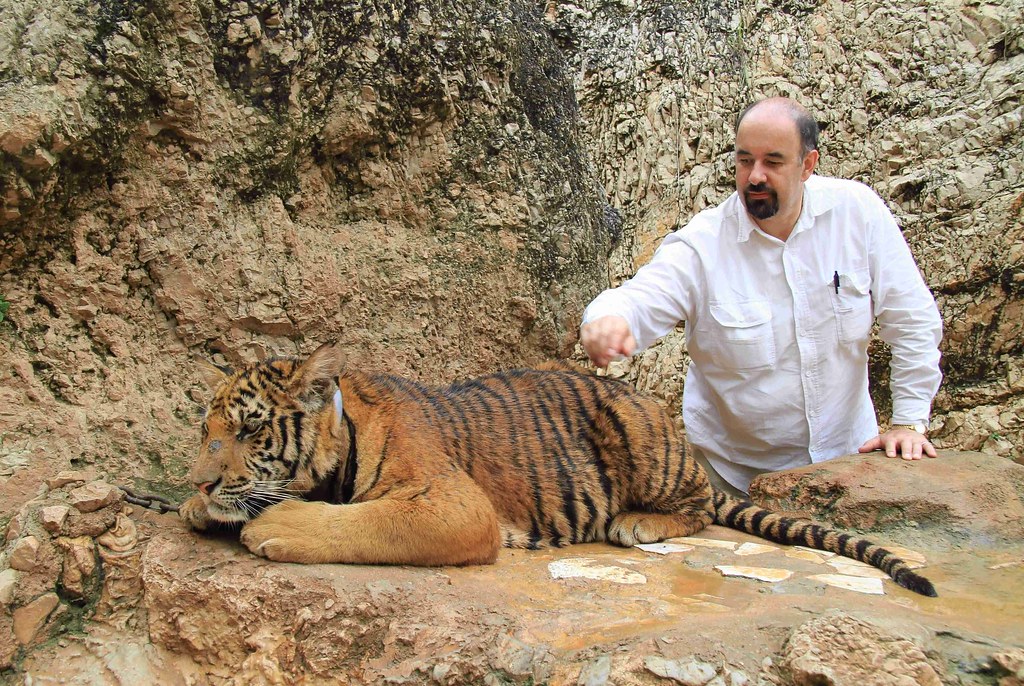
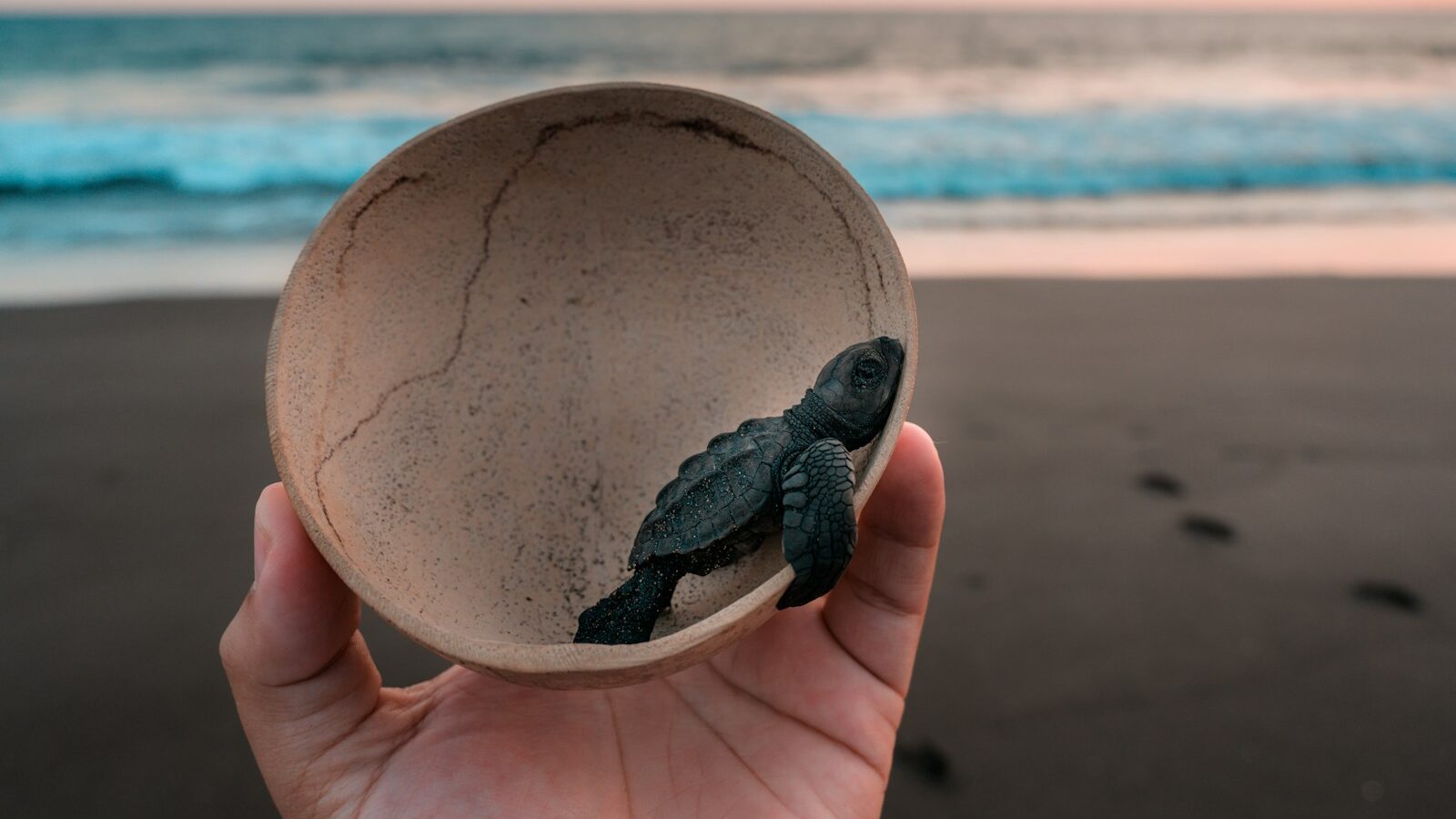




Leave a Reply